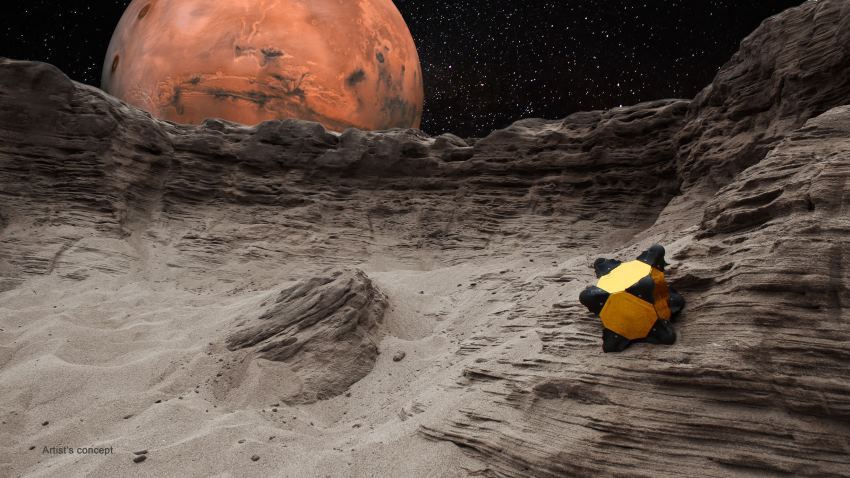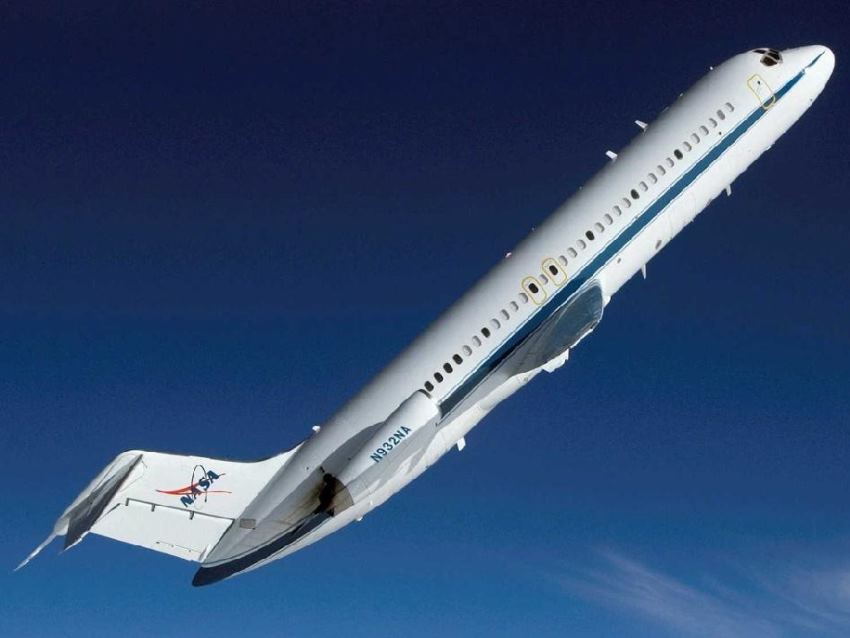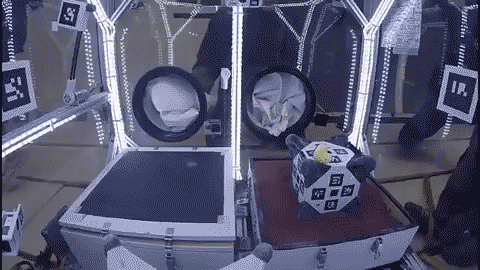NASA has published a video test of the inertial hedgehog robot for the study of comets and asteroids

A planet like Mars or a satellite like the Moon is not bad at exploring with the help of large devices that roll on the surface, exploring various places. But what if you need to explore an object like a comet or an asteroid? The mission to land a stationary mini-laboratory on the comet Churyumov-Gerasimenko showed that such a system has some drawbacks, the main of which is the inability to move.
Exit? Inertial robot that can easily move on uneven surfaces in microgravity. NASA engineers called this robot a "hedgehog" because of its characteristic appearance. In addition, the system can roll along the surface of the comet, as a hedgehog curled up from a hill, curled into a lump.
NASA engineers have already made two prototypes of such robots, which were tested under microgravity conditions, on board the S-9 aircraft. Robots demonstrated good maneuverability, so the researchers were convinced of the possibility of using such systems on space bodies. In this case, maneuvers were performed on various types of surfaces - sand and rock, ice and regolith, soft or elastic surface. To change the position in space in such devices flywheels are used. The planned method of moving probes on the surface of the asteroid is not the most accurate way of moving, but quite effective under such conditions. Back in 2013, scientists from Zurich demonstrated a robot with a similar principle of action .

For the first time, scientists were able to test the “hedgehogs” in their work, and now the project will be implemented until the creation of a universal robot that can really be used as a research station. By the way, one of the robots even performed an interesting tornado maneuver, during which it began to spin at high speed, achieving a separation from the surface. Such a maneuver can be very useful when falling, for example, into a sand trap or other similar situations.

In addition, there will be no moving parts from the outside of the cube, and very little energy will be consumed. To provide energy to the inertial cube, solar panels placed on the housing will be used. In addition, scientific instruments can be built into such a probe, which will study the object according to various parameters. It is planned that such probes, devices, will be simple and not very expensive. A uterus ship will deliver them to the asteroid, throwing a group of cubes upon reaching the target. Commands for cubes will be transmitted through such a ship.
The cost of creating a “hedgehog” is much lower than the cost of creating, for example, a rover. Now the development is at the Phase II stage, according to the NASA standard. Development is part of the NASA Innovative Advanced Concepts (NIAC) Program. In development take part at Stanford University, MIT, JPL, California Institute of Technology.
